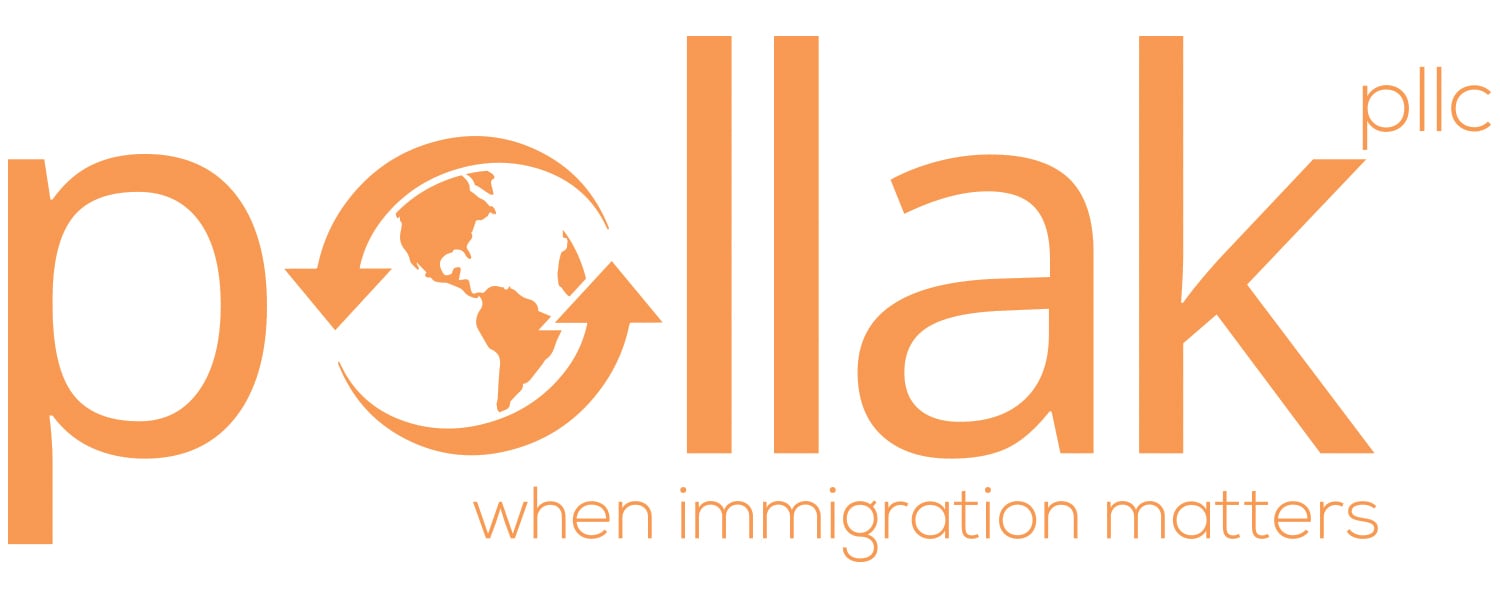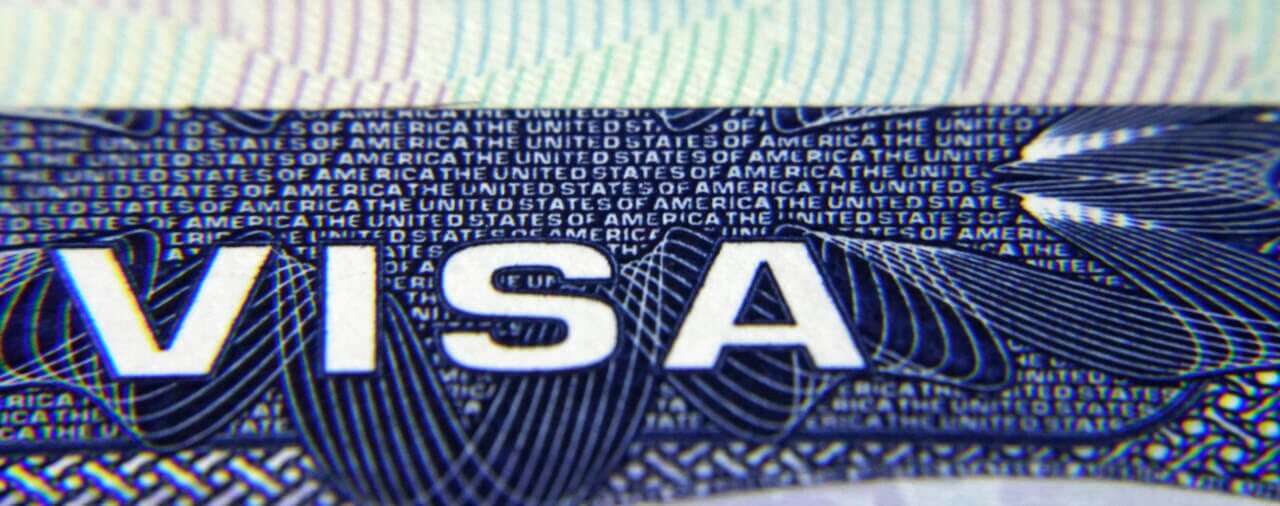 The bulletin summarizes the availability of immigrant numbers in March. The employment-based second preference cut-off date for China has advanced to February 15, 2008 and the cut-off date for India remains at September 1, 2004.
The bulletin summarizes the availability of immigrant numbers in March. The employment-based second preference cut-off date for China has advanced to February 15, 2008 and the cut-off date for India remains at September 1, 2004.
Family-based categories:
- First (F1): This preference is for unmarried sons and daughters of US citizens (21 years of age and older).
- The priority dates for China, India and "Other Countries" have progressed approximately 1 month to February 15 2006
- There is slight movement in this category for Mexico from July 15 1993 to July 22 1993.
- The priority date for Philippines has progressed from March 1998 to October 15, 1998.
- Second:
- A. (F2A) This preference is for spouses and children (under 21 years of age) of legal permanent residents.
- The priority dates for all countries have progressed approximately 1 month to November 22, 2010 except Mexico which is 15 November 2010.
- B. (F2B) This preference is for unmarried sons and daughters (21 years of age or older) of legal permanent residents.
- The priority dates for all countries have progressed approximately 2 month to March 1 2005 except Mexico is 15 January 1993 and Philippines is 8 June 2002
- Third (F3): This preference is for married sons and daughters of US citizens.
- The priority dates for China, India, and “Other Countries” have progressed approximately 1 week to July 15, 2002 and for Philippines to September 15, 1992.
- The priority date for Mexico remains the sameat March 15 1993.
- Fourth (F4): This preference is for brothers and sisters of adult US citizens.
- There is slight movement in this category for China, India, and “Other Countries” by 1 week to April 22, 2001.
- The priority date for Philippines has progressed approximately 6 weeks to July 15 1989 and for Mexico there is a 2 week movement to August 15 1996.
Employment-based categories (EB-1, EB-2, EB-3 & "Other Workers"):
- EB-1: This preference is reserved for persons of extraordinary ability in the sciences, arts, education, business, or athletics; outstanding professors or researchers; and multinational executives and managers.
- This category remains current for all countries.
- EB-2: This preference is reserved for persons who are members of the professions holding advanced degrees or for persons with exceptional ability in the arts, sciences, or business.
- The priority date for China has progressed approximately 1 month to February 15, 2008.
- The priority date for India, established in the October 2012 bulletin remains the same at September 1, 2004.
- The priority dates for Mexico, Philippines and “Other Countries” remain current.
- EB-3: This preference is reserved for professionals, skilled workers, and other workers.
- The priority dates for Mexico, and “Other Countries” - There is slight movement in this category to May 1, 2007 from March 1, 2007
For China there is a slight movement from 15 November 2006 to January 22, 2007
for India there movement of 1 week to November 22 from November 15 2002
For Philippines there is slight movement from August 22 2006 to September 1 2006.
- "Other workers".
- The priority date for China remains the same at July 1, 2003.
- There is slight movement in this category for the Philippines from August 22 to September 1 2006 and India from November 15, 2002 to November 22, 2002
- The priority dates for Mexico and “Other Countries” have progressed almost 2 months to May 1 2007.
This bulletin summarizes the availability of immigrant numbers during March. Consular officers are required to report to the Department of State documentarily qualified applicants for numerically limited visas; U.S. Citizenship and Immigration Services in the Department of Homeland Security reports applicants for adjustment of status. Allocations were made, to the extent possible, in chronological order of reported priority dates, for demand received by February 8th. If not all demand could be satisfied, the category or foreign state in which demand was excessive was deemed oversubscribed. The cut-off date for an oversubscribed category is the priority date of the first applicant who could not be reached within the numerical limits. Only applicants who have a priority date earlier thanthe cut-off date may be allotted a number. If it becomes necessary during the monthly allocation process to retrogress a cut-off date, supplemental requests for numbers will be honored only if the priority date falls within the new cut-off date announced in this bulletin.
2. Section 201 of the Immigration and Nationality Act (INA) sets an annual minimum family-sponsored preference limit of 226,000. The worldwide level for annual employment-based preference immigrants is at least 140,000. Section 202 prescribes that the per-country limit for preference immigrants is set at 7% of the total annual family-sponsored and employment-based preference limits, i.e., 25,620. The dependent area limit is set at 2%, or 7,320.
3. INA Section 203(e) provides that family-sponsored and employment-based preference visas be issued to eligible immigrants in the order in which a petition in behalf of each has been filed. Section 203(d) provides that spouses and children of preference immigrants are entitled to the same status, and the same order of consideration, if accompanying or following to join the principal. The visa prorating provisions of Section 202(e) apply to allocations for a foreign state or dependent area when visa demand exceeds the per-country limit. These provisions apply at present to the following oversubscribed chargeability areas: CHINA-mainland born, INDIA, MEXICO, and PHILIPPINES.
4. Section 203(a) of the INA prescribes preference classes for allotment of Family-sponsored immigrant visas as follows:
FAMILY-SPONSORED PREFERENCES
First: (F1) Unmarried Sons and Daughters of U.S. Citizens: 23,400 plus any numbers not required for fourth preference.
Second: Spouses and Children, and Unmarried Sons and Daughters of Permanent Residents: 114,200, plus the number (if any) by which the worldwide family preference level exceeds 226,000, plus any unused first preference numbers:
A. (F2A) Spouses and Children of Permanent Residents: 77% of the overall second preference limitation, of which 75% are exempt from the per-country limit;
B. (F2B) Unmarried Sons and Daughters (21 years of age or older) of Permanent Residents: 23% of the overall second preference limitation.
Third: (F3) Married Sons and Daughters of U.S. Citizens: 23,400, plus any numbers not required by first and second preferences.
Fourth: (F4) Brothers and Sisters of Adult U.S. Citizens: 65,000, plus any numbers not required by first three preferences.
On the chart below, the listing of a date for any class indicates that the class is oversubscribed (see paragraph 1); "C" means current, i.e., numbers are available for all qualified applicants; and "U" means unavailable, i.e., no numbers are available. (NOTE: Numbers are available only for applicants whose priority date is earlier than the cut-off date listed below.)
| Family-Sponsored |
All Charge-ability Areas Except Those Listed | CHINA- mainland born | INDIA | MEXICO | PHILIPPINES |
| F1 | 15FEB06 | 15FEB06 | 15FEB06 | 22JUL93 | 15OCT98 |
| F2A | 22NOV10 | 22NOV10 | 22NOV10 | 15NOV10 | 22NOV10 |
| F2B | 01MAR05 | 01MAR05 | 01MAR05 | 15JAN93 | 08JUN02 |
| F3 | 15JUL02 | 15JUL02 | 15JUL02 | 15MAR93 | 15SEP92 |
| F4 | 22APR01 | 22APR01 | 22APR01 | 15AUG96 | 15JUL89 |
*NOTE: For March, F2A numbers EXEMPT from per-country limit are available to applicants from all countries with priority dates earlier than 15NOV10. F2A numbers SUBJECT to per-country limit are available to applicants chargeable to all countries EXCEPT MEXICO with priority dates beginning 15NOV10 and earlier than 22NOV10. (All F2A numbers provided for MEXICO are exempt from the per-country limit; there are no F2A numbers for MEXICO subject to per-country limit.)
5. Section 203(b) of the INA prescribes preference classes for allotment of Employment-based immigrant visas as follows:
EMPLOYMENT-BASED PREFERENCES
First: Priority Workers: 28.6% of the worldwide employment-based preference level, plus any numbers not required for fourth and fifth preferences.
Second: Members of the Professions Holding Advanced Degrees or Persons of Exceptional Ability: 28.6% of the worldwide employment-based preference level, plus any numbers not required by first preference.
Third: Skilled Workers, Professionals, and Other Workers: 28.6% of the worldwide level, plus any numbers not required by first and second preferences, not more than 10,000 of which to "*Other Workers".
Fourth: Certain Special Immigrants: 7.1% of the worldwide level.
Fifth: Employment Creation: 7.1% of the worldwide level, not less than 3,000 of which reserved for investors in a targeted rural or high-unemployment area, and 3,000 set aside for investors in regional centers by Sec. 610 of Pub. L. 102-395.
On the chart below, the listing of a date for any class indicates that the class is oversubscribed (see paragraph 1); "C" means current, i.e., numbers are available for all qualified applicants; and "U" means unavailable, i.e., no numbers are available. (NOTE: Numbers are available only for applicants whose priority date is earlier than the cut-off date listed below.)
| Employment- Based | All Chargeability Areas Except Those Listed |
CHINA- mainland born | INDIA | MEXICO | PHILIPPINES |
| 1st | C | C | C | C | C |
| 2nd | C | 15FEB08 | 01SEP04 | C | C |
| 3rd | 01MAY07 | 22JAN07 | 22NOV02 | 01MAY07 | 01SEP06 |
| Other Workers | 01MAY07 | 01JUL03 | 22NOV02 | 01MAY07 | 01SEP06 |
| 4th | C | C | C | C | C |
| Certain Religious Workers | C | C | C | C | C |
| 5th |
C | C | C | C | C |
*Employment Third Preference Other Workers Category: Section 203(e) of the Nicaraguan and Central American Relief Act (NACARA) passed by Congress in November 1997, as amended by Section 1(e) of Pub. L. 105-139, provides that once the Employment Third Preference Other Worker (EW) cut-off date has reached the priority date of the latest EW petition approved prior to November 19, 1997, the 10,000 EW numbers available for a fiscal year are to be reduced by up to 5,000 annually beginning in the following fiscal year. This reduction is to be made for as long as necessary to offset adjustments under the NACARA program. Since the EW cut-off date reached November 19, 1997 during Fiscal Year 2001, the reduction in the EW annual limit to 5,000 began in Fiscal Year 2002.
6. The Department of State has a recorded message with visa availability information which can be heard at: (202) 663-1541. This recording is updated on or about the tenth of each month with information on cut-off dates for the following month.




